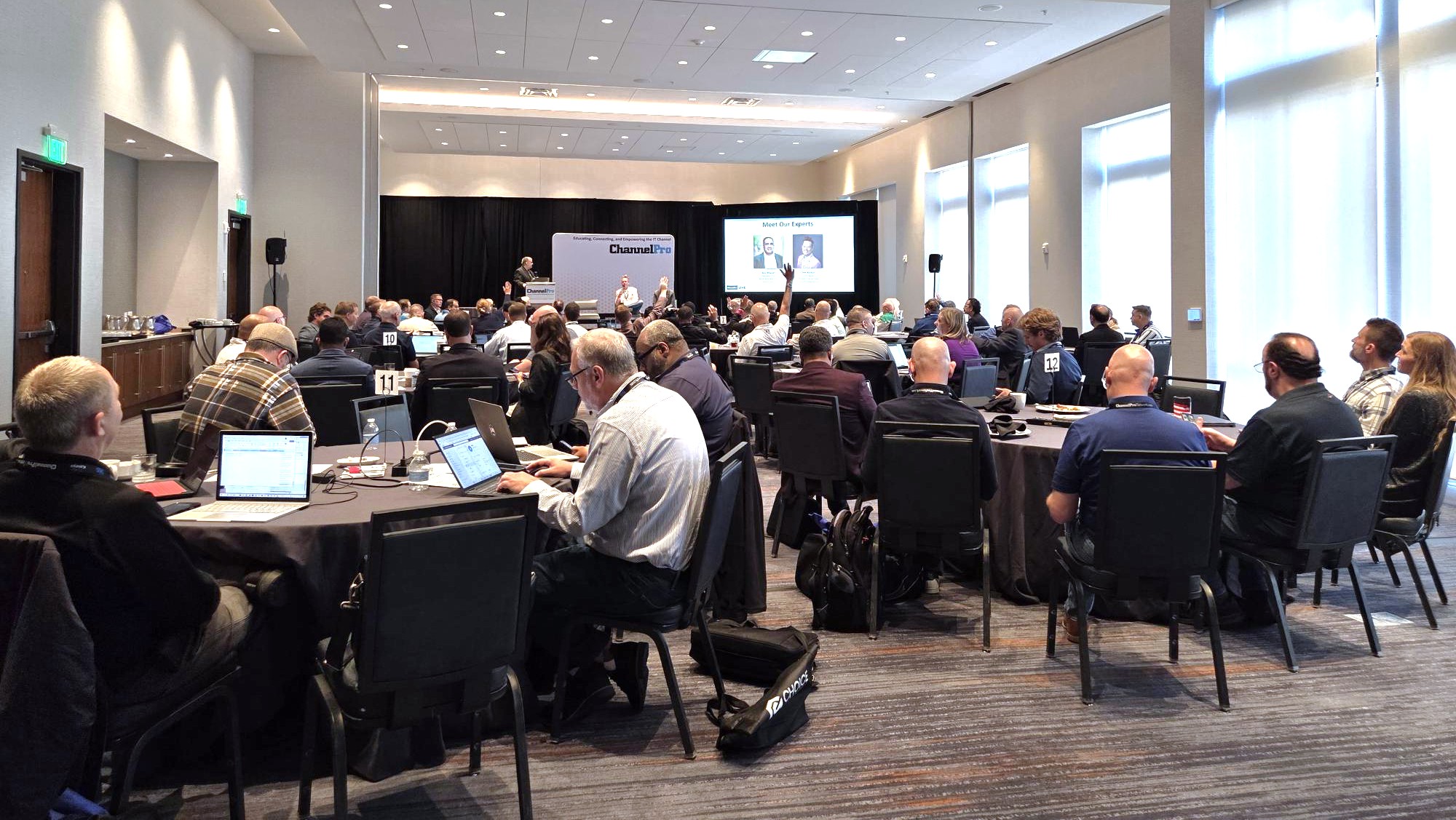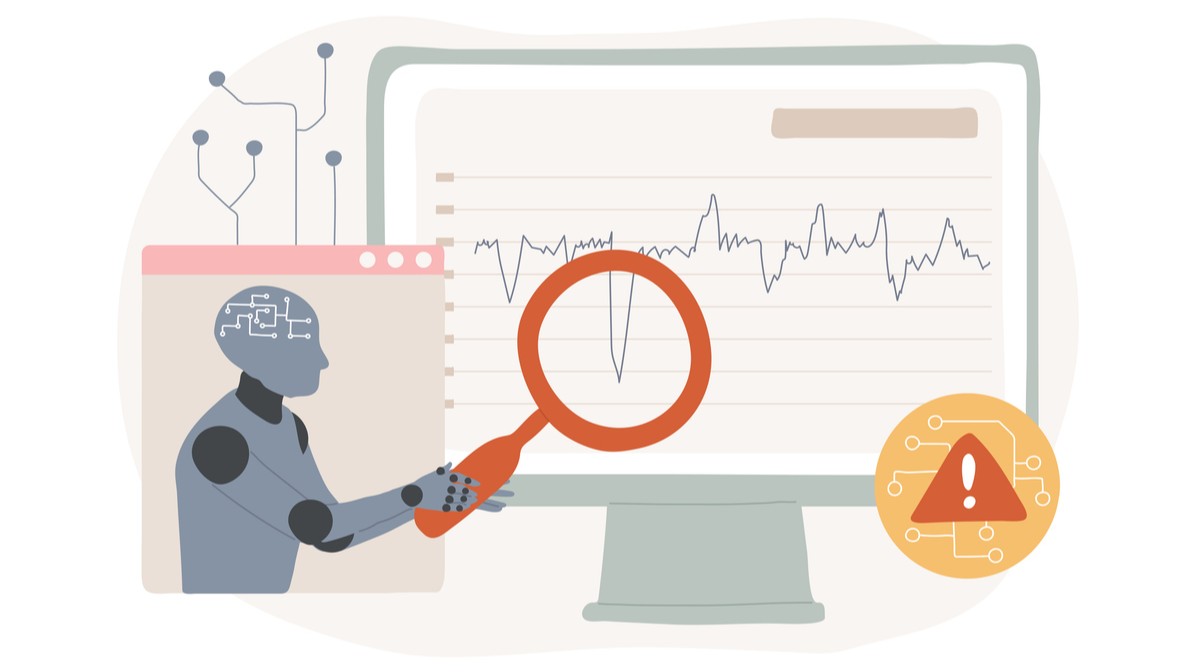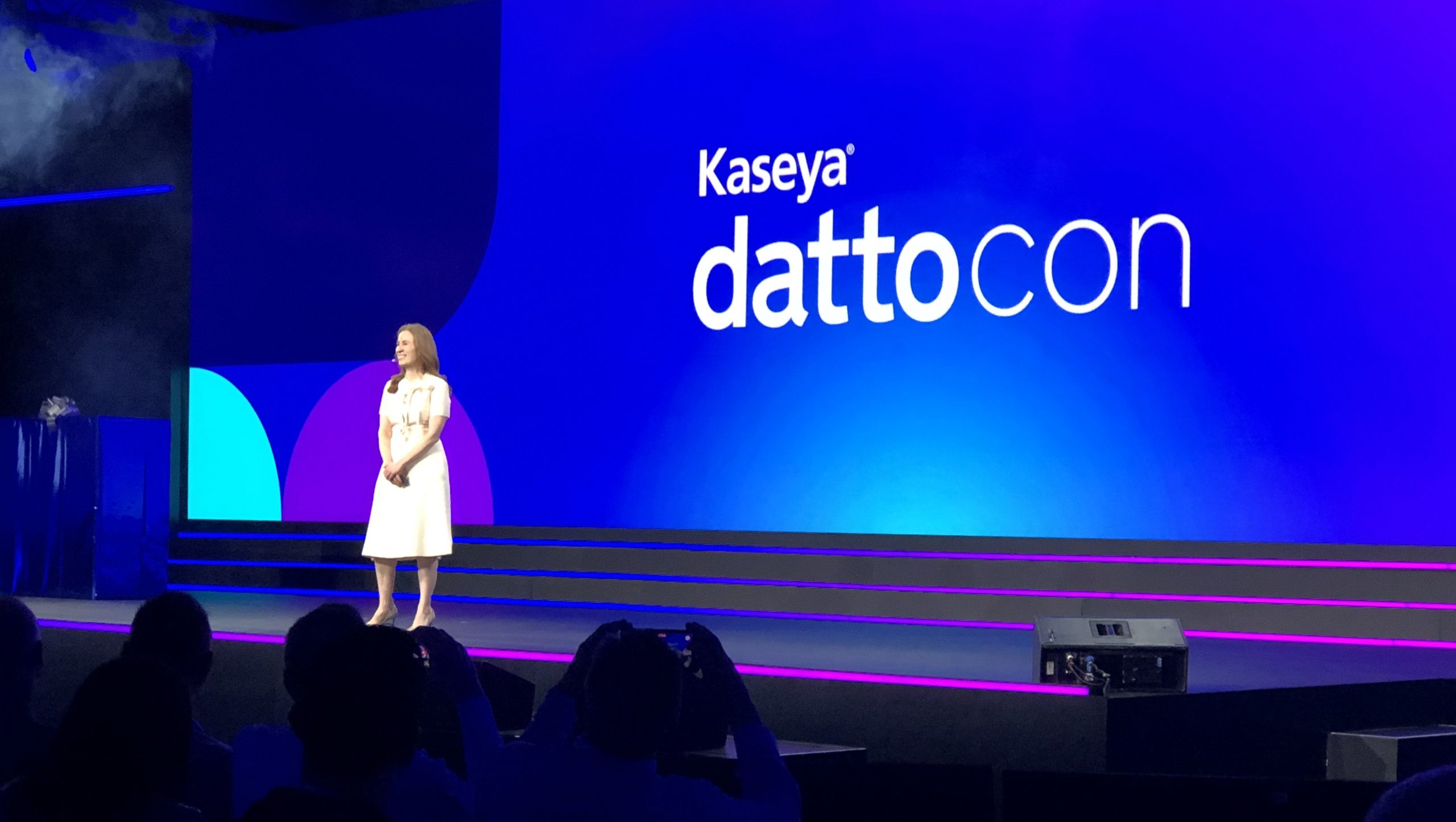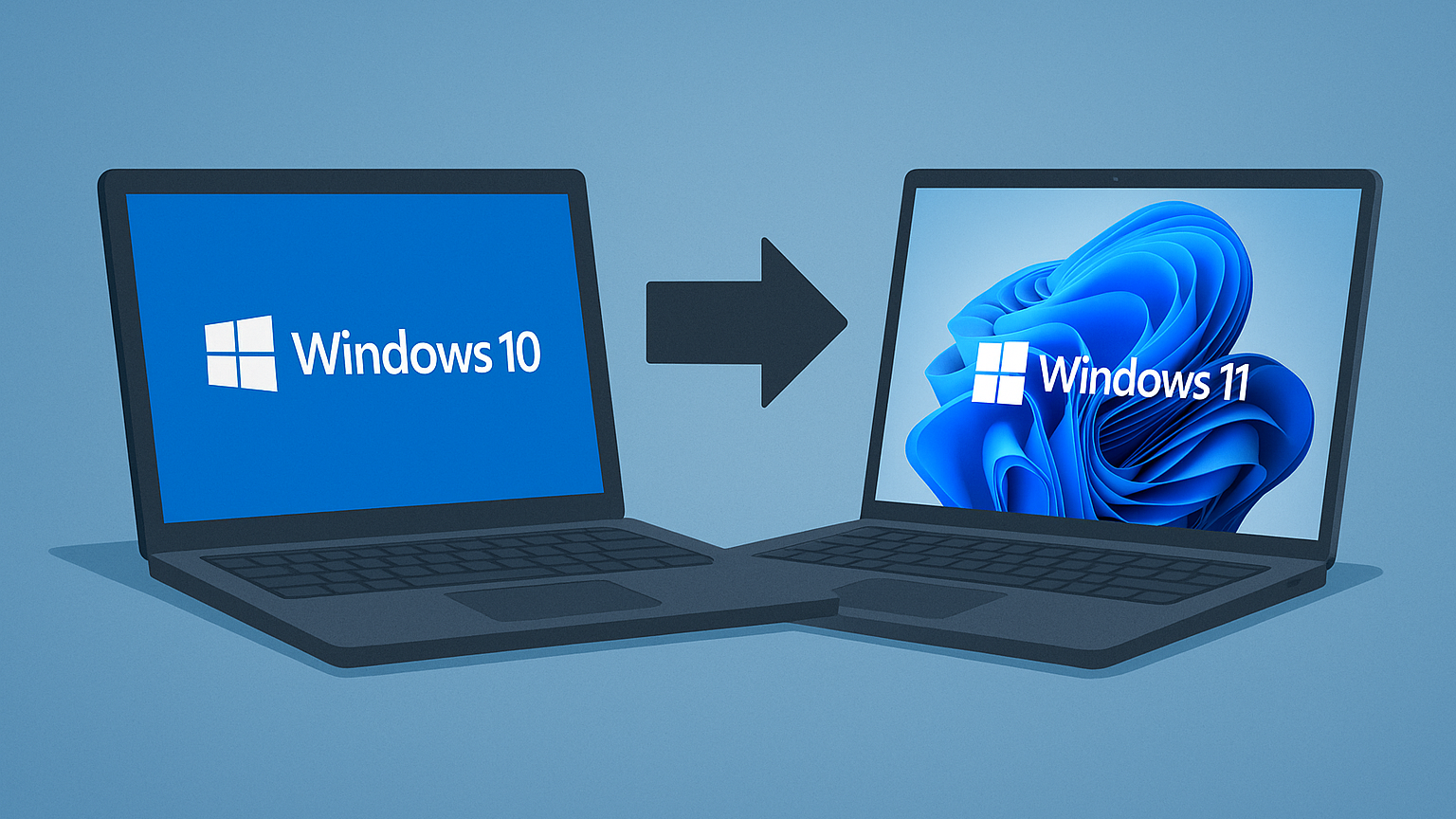One of the most fundamental positioning decisions for an MSP is who they serve. The difference between supporting small and midsized businesses (SMBs) and serving midsized or enterprise clients is significant. This guide compares the two paths to help MSPs determine which aligns best with their goals, resources, and long-term business model.
Approach 1: Specializing in SMB Clients
Focusing on SMBs (typically under 100 employees) means tailoring your offerings to companies with limited IT budgets and in-house tech resources. These clients rely heavily on MSPs to act as their outsourced IT department.
Advantages
- Faster Sales Cycles and Easier Decision-making: SMBs tend to have fewer layers of decision-makers, meaning the sales cycle is typically shorter and more straightforward. The owner or a small leadership team usually controls the IT budget, so your proposal often gets a faster yes or no.
- High Demand for Full-service Support: SMBs usually lack internal IT staff and depend on MSPs for everything from cybersecurity and cloud management to help desk and compliance. This opens the door to bundled services, flat-rate pricing, and higher
value-per-client. - Strong Relationship-building Opportunities: You’re often seen as a strategic advisor, not just a vendor. SMB clients want a partner they can trust, and strong relationships can lead to long-term contracts, referrals, and minimal churn if you deliver consistently.
Challenges
- Smaller Budgets and Price Sensitivity: Many SMBs operate with tight margins and limited cash flow. You may face pushback on pricing or frequent negotiations. To close deals, you’ll need to clearly articulate ROI and defend your value.
- Higher Support Volume Relative to Revenue: Because SMBs rely on you for all their IT needs, support demands can be heavy — even for relatively small accounts. That can strain your team if pricing isn’t structured properly or if clients lack internal
tech knowledge. - Client Turnover and Business Instability: SMBs are more vulnerable to economic downturns, leadership changes, or closures. Even with strong relationships, some clients may downsize services or close altogether, affecting your MRR and client base stability.
Approach 2: Targeting Midmarket and Enterprise Clients
This approach involves pursuing clients with 100 to 1,000-plus employees and more complex IT environments. These companies often have in-house IT teams and are looking for co-managed services, advanced security, compliance support, and strategic planning.
Advantages
- Larger Contracts and Higher MRR: Midmarket and enterprise clients typically spend significantly more per month. Just a few of these clients can account for a large portion of your revenue, making this model appealing for MSPs focused on fewer, more
profitable relationships. - Strategic Engagement and Consulting Opportunities: These clients often expect their MSPs to act as vCIOs, contributing to digital transformation, compliance readiness, and long-term IT planning. This positions you as a high-value partner, not just a support desk.
- Long-term Contracts and Greater Stability: Larger clients usually sign one- to three-year service agreements, which provide revenue predictability. They’re also less likely to churn quickly because switching MSPs involves more risk, internal disruption, and
procurement hoops.
Challenges
- Longer and More Complex Sales Cycles: Enterprise deals involve multiple stakeholders, RFPs, procurement approvals, and legal reviews. Sales cycles can take three to nine months or more, meaning significant upfront time and effort before revenue materializes.
- Higher Service Expectations and Accountability: Midmarket and enterprise clients often expect 24/7 support, fast SLAs, dedicated account managers, and detailed reporting. You’ll need mature processes, high-level talent, and airtight documentation to deliver consistently.
- Tougher Competition and Procurement Standards: These clients attract competition from large MSPs and national providers. You’ll need to differentiate with technical depth, vertical specialization, or pricing flexibility. Be prepared to meet rigorous security, compliance, and insurance requirements.
Key Decision Factors
- Sales Expertise and Bandwidth: SMB sales can close quickly with owner-led selling or a small sales team. Enterprise sales often require experienced sales professionals or partnerships with consultants who can navigate RFPs and long procurement cycles.
- Operational Maturity: SMBs are more forgiving of service hiccups. Enterprise clients are not. If you don’t have solid SOPs, robust ticketing systems, escalation paths, and skilled engineers, it may be too soon to go upmarket.
- Tool Stack and Vendor Relationships: Midmarket clients expect enterprise-grade tools. You may need to invest in higher-tier platforms, SOC-as-a-service providers, or vendor partnerships that support advanced compliance and reporting. SMBs, by contrast, often accept out-of-the-box solutions and appreciate simplicity.
- Cash Flow Resilience: Pursuing enterprise clients means waiting longer for deals to close while you invest in marketing, solution engineering, and pre-sales discovery. If your business can’t afford three- to six-month sales cycles without immediate returns, focus on SMBs first.
- Staffing Readiness: Midmarket support may require certified security engineers, compliance officers, project managers, and dedicated account managers. If your team isn’t trained — or you don’t have the budget to hire — you may struggle to deliver the service levels expected.
Staffing and Support Considerations
- Serving SMBs: Your team must be generalists capable of handling a wide variety of tickets, from simple password resets to firewall configurations. You’ll also need staff members who are great at building relationships and patiently educating nontechnical users. Help desk staff and field techs should be well-rounded and empathetic.
- Serving Midmarket/enterprise Clients: Your staff must be more specialized. You’ll need engineers with advanced certifications (e.g., Microsoft, Cisco, CISSP), project managers, and staff who can draft executive-level reports. You may also need a vCIO who can present roadmaps and budget forecasts to a board or executive team.
Implementation Tips
- For SMB-focused MSPs: Create bundled offerings with fixed pricing to simplify the buying process. Leverage referral marketing, Google Business reviews, and networking groups like BNI or local chambers. Focus on providing fast, friendly support and excellent customer service.
- For Enterprise-focused MSPs: Build strong collateral (case studies, solution briefs, executive summaries). Invest in tools like a professional RFP response template and detailed SLAs. Establish partnerships with compliance consultants or niche vendors to strengthen your stack and positioning.
- Blended Approach Option: Some MSPs create two service tiers — one optimized for SMBs and another premium tier for enterprise clients. This allows you to serve both segments while adjusting pricing, tools, and SLAs accordingly.
Conclusion
Choosing between SMB or midmarket and enterprise clients comes down to your resources, team structure, go-to-market strategy, and long-term goals. SMBs offer fast wins and close relationships, while midmarket clients offer scale and recurring revenue — but demand more maturity and strategic alignment. Most successful MSPs start with SMBs, build operational strength, and gradually move upmarket when the timing and infrastructure is right.
Next Steps
- Want more helpful guidance on this topic? Check out our Specialization and Verticalization Answer Center
- Have a question for our experts? Send it to editors@channelpronetwork.com
ChannelPro has created this resource to help busy MSPs streamline their decision-making process. This resource offers a starting point for evaluating key business choices, saving time and providing clarity. While this resource is designed to guide you through important considerations, we encourage you to seek more references and professional advice to ensure fully informed decisions.
Image: iStock
















